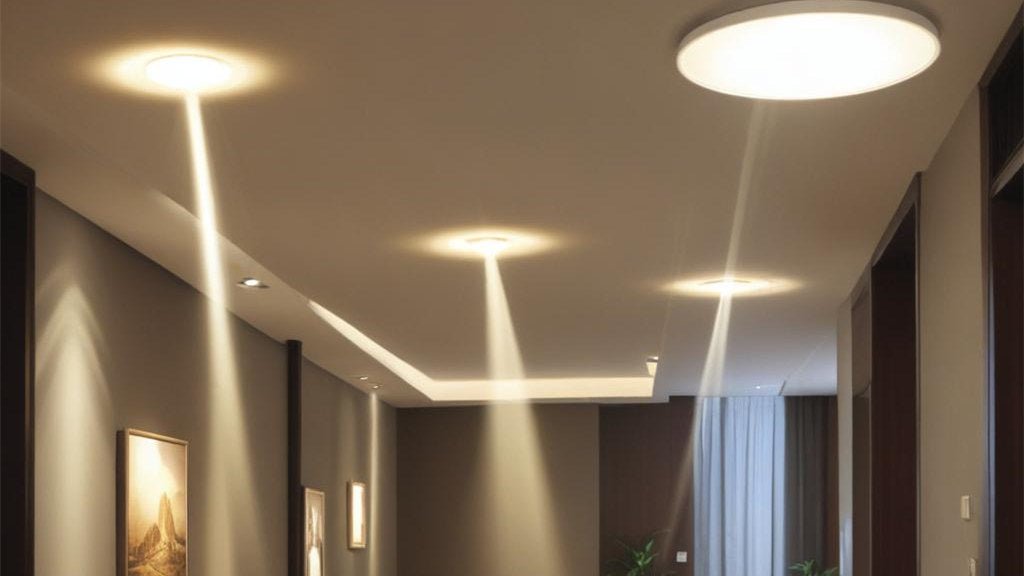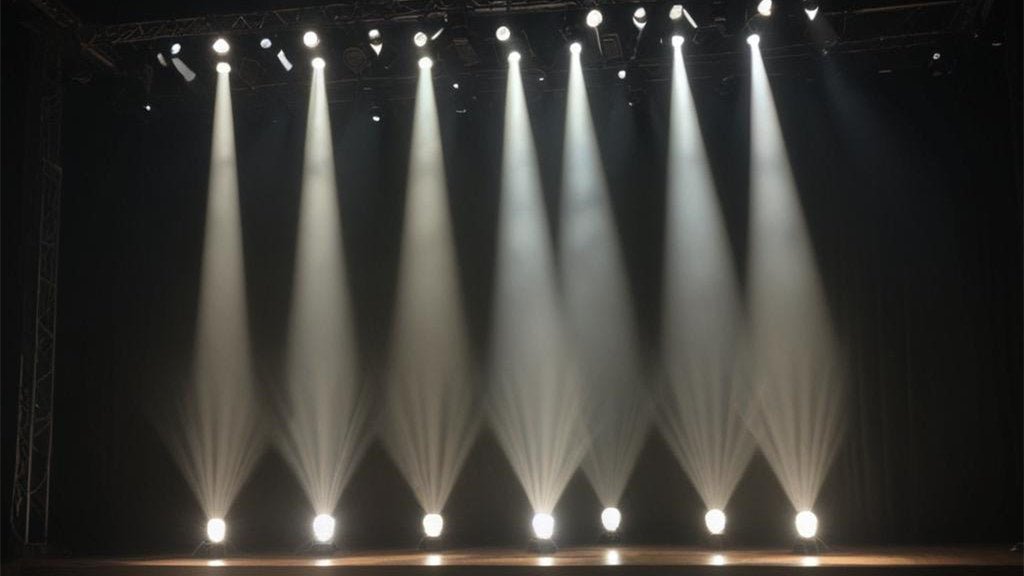Spot lights are a popular choice for many lighting applications due to their ability to focus light on a specific area, providing bright and concentrated illumination. These versatile lights are commonly used in both residential and commercial settings, offering numerous benefits but also some drawbacks. Understanding the pros and cons of spot lights can help you determine if they are the right lighting solution for your needs.
Pros of Spot Light
- Focused Illumination
One of the primary advantages of spot lights is their ability to provide focused illumination. Spot lights are designed to concentrate light in a specific direction, making them ideal for highlighting particular areas or objects. This feature is especially useful in art galleries, museums, and retail stores where precise lighting is essential to showcase products or artworks.
- Versatility in Applications
Spot lights are incredibly versatile and can be used in a variety of settings. They are perfect for accent lighting in homes, providing a dramatic effect that enhances the visual appeal of architectural features, sculptures, or paintings. Additionally, spot lights are often used in stage lighting, photography, and film production to create specific lighting effects and highlight performers.
- Energy Efficiency
Modern spot lights, particularly those using LED technology, are highly energy-efficient. LED spot lights consume significantly less power compared to traditional incandescent or halogen spot lights, resulting in lower energy bills and reduced environmental impact. Furthermore, LED spot lights have a longer lifespan, reducing the frequency and cost of replacements.
- Adjustability
Many spot lights come with adjustable heads, allowing you to direct the light exactly where it is needed. This flexibility makes spot lights an excellent choice for task lighting in kitchens, offices, and workshops, where precise lighting is required to perform specific tasks.
- Aesthetic Appeal
Spot lights can enhance the aesthetic appeal of any space. They come in various designs and finishes, allowing you to choose a style that complements your decor. Whether you prefer a sleek, modern look or a more traditional design, there is a spot light to suit your taste.

Cons of Spot Lights
- Limited Coverage
One of the main drawbacks of spot lights is their limited coverage. Because they are designed to focus light in a specific area, they do not provide the wide, diffuse illumination that other types of lights, such as floodlights, can offer. This means you may need multiple spot lights to achieve the desired lighting effect in larger spaces.
- Potential Glare
Spot lights can sometimes cause glare, especially if they are not positioned correctly. Glare can be uncomfortable and can create visual distractions, particularly in settings where concentrated lighting is not needed. It is essential to carefully plan the placement and angle of spot lights to minimize glare and ensure comfortable lighting.
- Installation Complexity
Installing spot lights can be more complex than installing other types of lights. Depending on the design and location, you may need to install additional hardware, such as tracks or mounts, and possibly hire a professional electrician. This can add to the overall cost and effort required to set up spot lights.
- Heat Emission
While LED spot lights emit very little heat, traditional incandescent and halogen spot lights can produce a significant amount of heat. This can be a concern in small or enclosed spaces, as it may increase the ambient temperature and contribute to discomfort or higher cooling costs.
- Cost
The initial cost of spot lights, particularly high-quality LED spot lights, can be higher than other lighting options. While the long-term savings in energy and maintenance costs can offset this initial investment, the upfront expense may be a consideration for budget-conscious consumers.
Conclusion
Spot lights offer a range of benefits, including focused illumination, versatility, energy efficiency, adjustability, and aesthetic appeal. However, they also have some drawbacks, such as limited coverage, potential glare, installation complexity, heat emission, and higher initial costs. By carefully considering these pros and cons, you can determine if spot lights are the right choice for your lighting needs. Whether you are looking to highlight specific features, create a dramatic effect, or provide task lighting, spot lights can be a valuable addition to your lighting design.


































Leave a comment
This site is protected by hCaptcha and the hCaptcha Privacy Policy and Terms of Service apply.